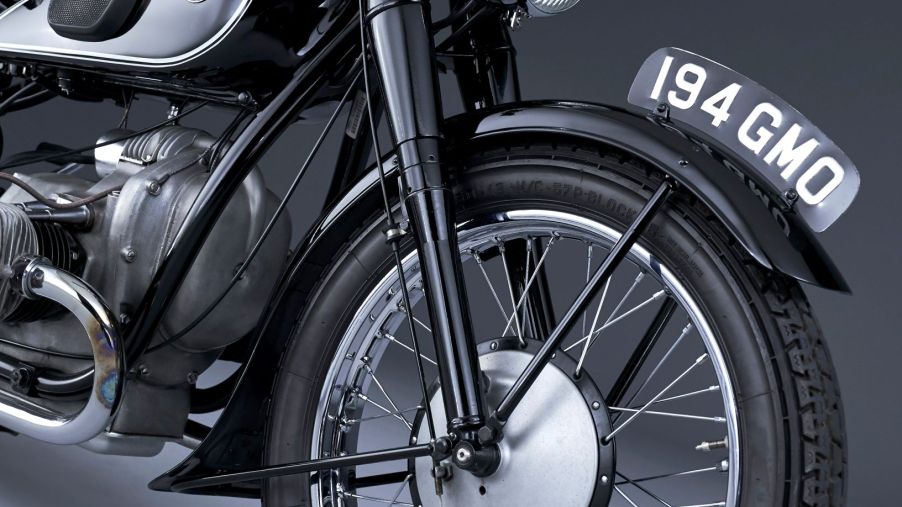
Should You Upgrade Classic Motorcycle Drum Brakes to Discs?
While you can theoretically ride a classic motorcycle regularly, it requires living and fiddling with older technology. Instead of fuel injection, for example, you have carburetors. And many motorcycles feature drum brakes rather than discs. However, is that something you can upgrade—and should you?
How do drum brakes work on a motorcycle?
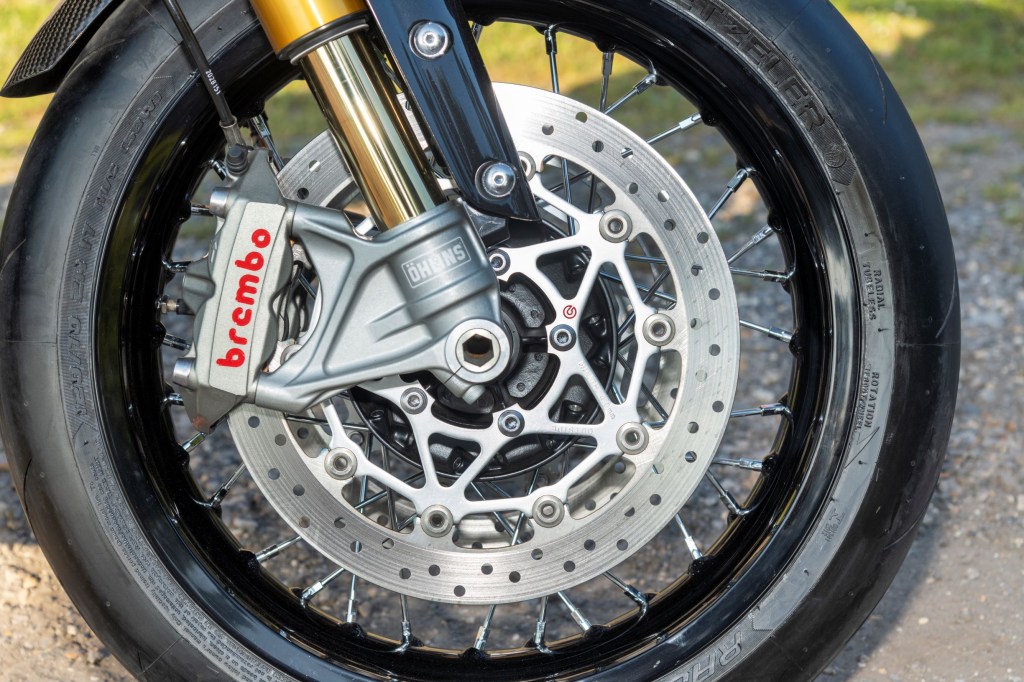
Today, essentially all motorcycles come standard with front and rear disc brakes, Motorcyclist reports. And usually, these braking systems feature drilled rotors, for weight savings, heat dissipation, and more consistent braking in wet conditions. However, up until Honda released the CB750 in 1969, almost all street-going motorcycles still relied solely on drum brakes.
Drum and disc brakes ultimately work on the same principles, Edmunds explains. When you pull the brake lever or push the pedal, a material pad or pads press up against a rotating surface attached to the wheel. This turns the bike’s kinetic energy into heat via friction, which slows the bike down. But while drums and discs both use friction, they do so in different ways.
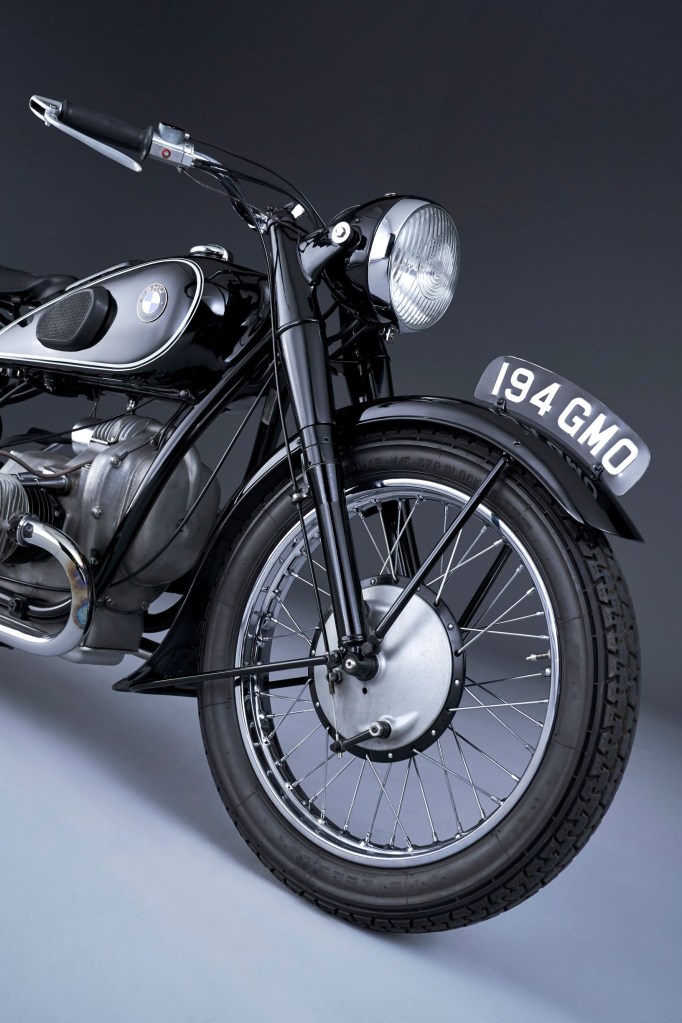
A motorcycle with disc brakes has two pads squeezing either side of a disc-shaped metal rotor. Drum brakes, on the other hand, have ‘shoes’ that press into an enclosed metal ‘drum.’ And, while disc brakes typically rely on hydraulic pressure to retract the pads, drum brakes use springs, Cruiser explains.
What disadvantages do motorcycle drum brakes have compared to disc brakes?
Motorcycle drum brakes have a few plus points, Haynes reports. They’re cheaper to make than disc brakes, for one. Their enclosed design also makes them less susceptible to rust. Plus, the shoes, owing to their larger surface area, last longer than pads. And they’re generally quieter.
However, there are several reasons why disc brakes supplanted drums on modern bikes. Firstly, drum brakes are more time-consuming when it comes to service. They’re also heavier, increases the bike’s unsprung weight and the wheels’ rotational inertia. As a result, the motorcycle doesn’t ride or handle as well and takes longer to stop. And as the shoes wear, the drum gets out of round, causing poor braking performance, Lugnut4x4 and Motorcycle Classics explain.
But more importantly, drums are far more susceptible to heat-related fade and distortion than discs, Cycle World reports. Even with built-in cooling fins, drum brakes couldn’t compete with drilled rotors, RideApart reports.
Can you convert the drum brakes on a classic motorcycle to disc brakes?
There are several ways riders can give their classic bikes some modern touches. Besides swapping the carbs for fuel injectors, you can replace the vintage ignition system with a newer design. You can even turn a classic motorcycle into an electric one, with enough effort.
So, can you replace the drum brakes on a vintage motorcycle with discs? In short, yes. However, it’s not always as simple as doing it on a classic car.
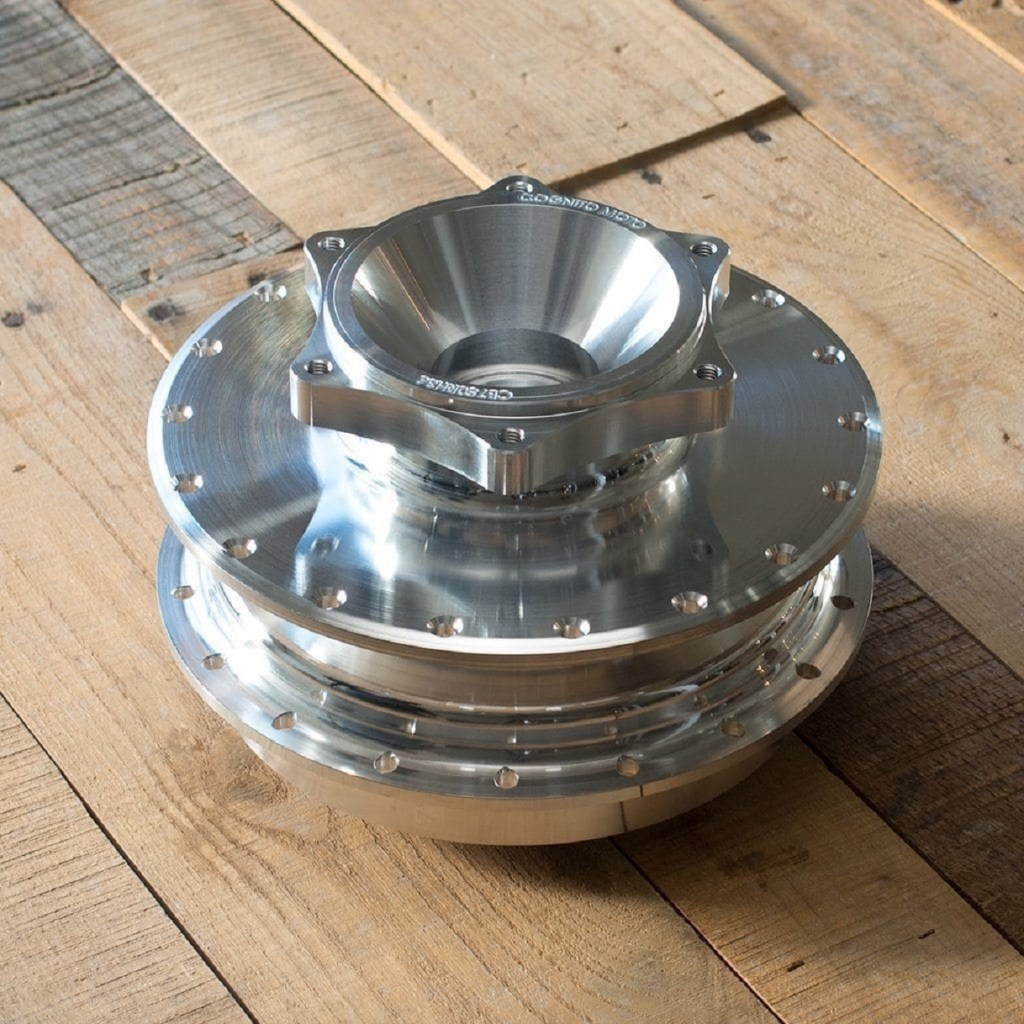
To give a classic car disc brakes, you have to replace the original wheel hub with a disc-compatible one, Advance Auto Parts reports. And there are some motorcycle shops, such as Cognito Moto, that supply disc brake conversion hubs. Cognito Moto also supplies entire wheels with the new hubs, too. However, most of these hubs are for the rear wheel. And here’s where it gets complicated.
Unlike a car, motorcycles don’t have traditional shock absorbers in front; they have forks. And these forks are designed to accommodate both the hardware and braking forces associated with disc brakes, RevZilla explains. The forks on a classic motorcycle with drum brakes, though, aren’t. And just like you can’t really put modern tires on a classic car, you can’t put disc brakes on drum-designed forks.
But there is a way around this. Rather than adapting old forks to accept new brake hardware, it’s easier just to replace the entire front assembly. You’d still have a classic bike with its original frame. Only instead of its original forks and drum brakes, the motorcycle would have modern, more-adjustable forks with disc brakes.
Should you?
A disc-compatible rear hub for an early Honda CB750 with bearings costs $555 from Cognito Moto. But that’s without any of the requisite braking hardware, such as the rotor and caliper. And if you want a ready-made wheel, that costs around $1000. As for replacing the front drum brakes on your motorcycle, that depends on the forks you get.
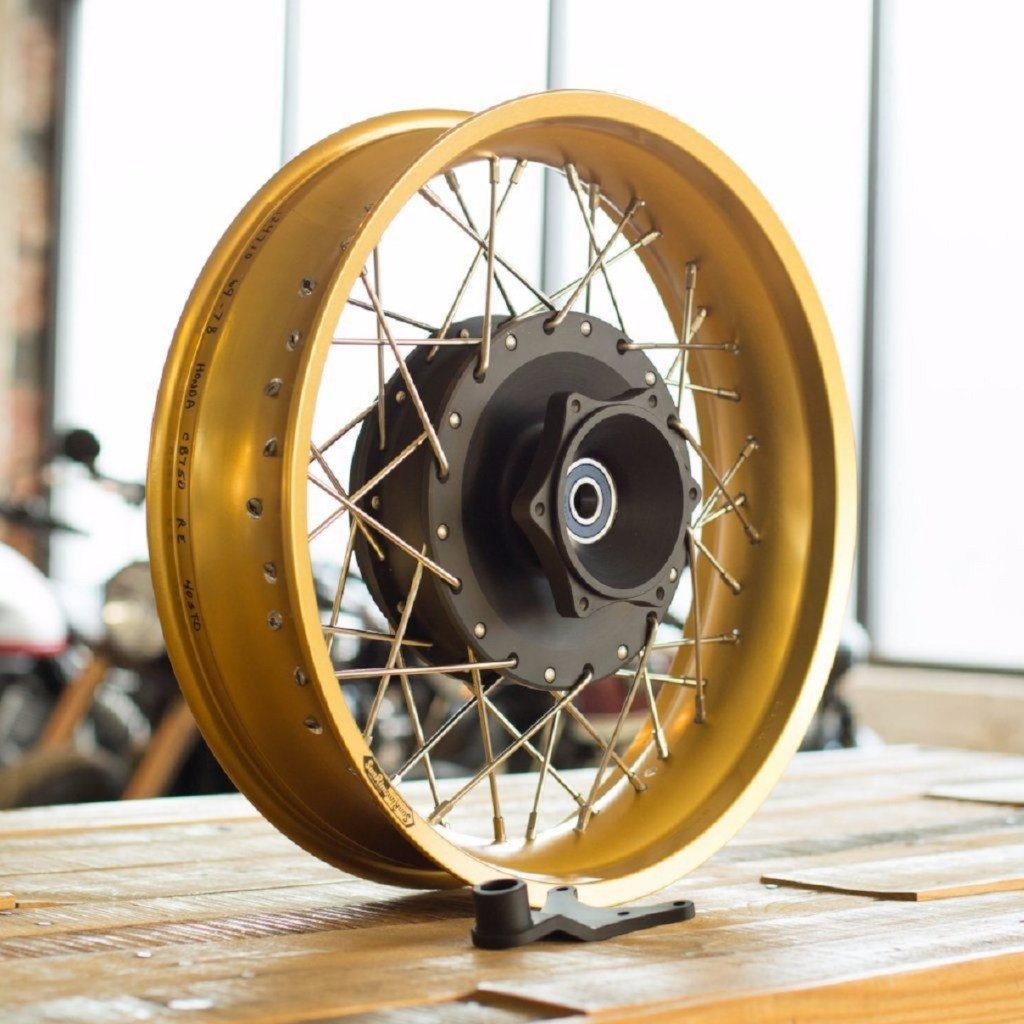
So, is it worth it? Honestly, it depends. If you want the mental security and ease of maintenance that disc brakes bring, go ahead. And if you’re planning on making a full-custom vintage-based project, you likely have the budget for a brake upgrade. But because most classic motorcycles are relatively light, if you’re just casually riding, drum brakes should be enough.
Follow more updates from MotorBiscuit on our Facebook page.


